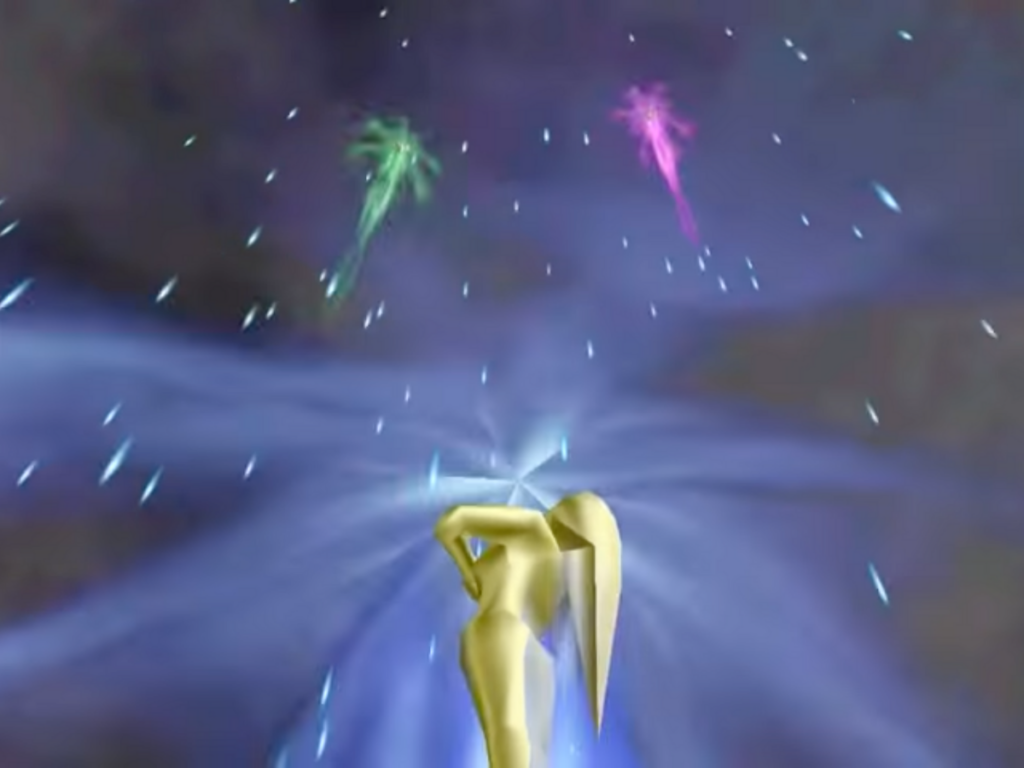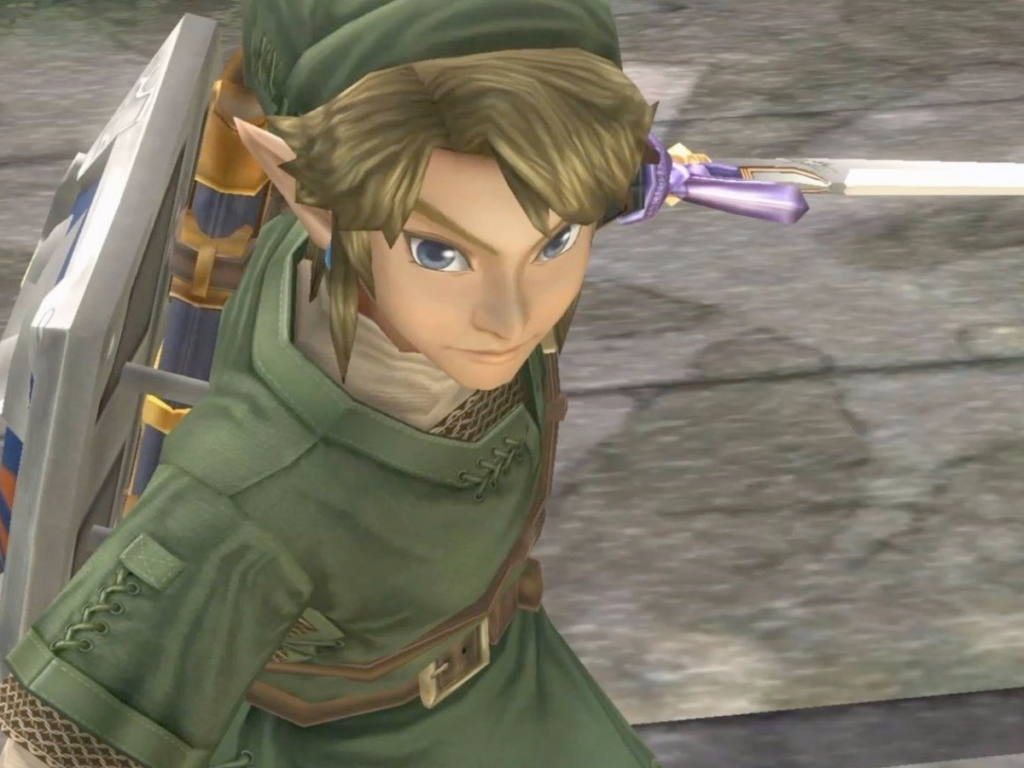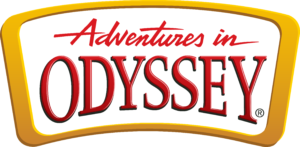The Legend of Zelda is an action-adventure game series that’s been on the market for nearly 40 years. It stands with Super Mario as one of Nintendo’s (and the video game community as a whole’s) most recognizable video game brands. We’ve reviewed a bunch of them, of course, and those reviews will unpack plenty. But here, we wanted to go a little deeper and discuss the overarching spiritual world of the entire franchise.
Though each Zelda game has a different story, all tend to follow a similar overarching theme: that of Link and Princess Zelda fighting against Ganondorf, an antagonist who stands as the embodiment of evil (and is or becomes, in most games, a demon. More on that later).
Throughout the 19 games that make up Zelda’s timeline, players have been introduced to a variety of religious themes. We’ll publish a second blog post that delves deeper into each game next week. In this blog, we’ll prime you on the general spiritual lore of the Legend of Zelda franchise—what you should be aware of and how you might even use the games to talk with your kids about Christianity.
So, without further ado, let’s hop on our favorite childhood horse and gallop all the way back to the very beginning of the series.

The Creation of Hyrule, the Triforce, and Skyward Sword
The following section contains general lore for the entire franchise as well as information about Skyward Sword.
In the beginning, The Legend of Zelda franchise asserts, three golden goddesses created the land of Hyrule, where our story (usually) takes place. These goddesses are Din, the goddess of power; Nayru, the goddess of wisdom; and Farore, the goddess of courage. The goddesses furthermore created a relic called the Triforce—a pyramid made up of three pieces, where each piece represents the respective virtue of each goddess—power, wisdom and courage.
The Triforce has the ability to grant the wish of anyone who obtains it, provided that the user has a balance of the three virtues. If they do not, the Triforce instead splits into its three pieces, and the user only obtains the one piece they most embody while the other two are sent to others.
In the events of Skyward Sword, the first game in the chronology of the series (though the 16th game released by Nintendo), we learn that demons, “born from the source of evil,” rushed out of the earth to search for the Triforce, hoping to use it for their evil wishes. Another goddess, Hylia, helped humanity fight against them, sealing the demons away. Knowing that the seal would eventually be broken, Hylia chose to shed her divinity and become mortal so that she could use the Triforce if it was needed (as only mortals can use the Triforce).
Hylia is reborn as Zelda, a girl with no memories of her divinity. Zelda blesses the Master Sword, a powerful weapon imbued with a spiritual power called the Light Force, which is “contained within all living beings” and drives back evil. Eventually, the demon king Demise does break the seal and tries to take the Triforce to rule the world for eternity. Zelda and a boy named Link slay Demise using the Master Sword, but not before Demise issues a curse: that his, Zelda’s and Link’s spirits would be forever trapped in a combative cycle throughout the ages (whether through their offspring or through other means)—and it’s this curse that sets up the confrontations of the other games.
Those events rest as the backdrop of the series’ vast story. And now that we’ve gotten an understanding for the general lore of the Legend of Zelda, here are the most important people, items and other things within the franchise that you should know when talking about the game with your kids.

The Glossary of Important Topics
Link – Link is the protagonist of the Legend of Zelda franchise whom the player controls. He is typically depicted as wearing a green (and, in more recent games, blue) outfit and cap with the Master Sword in hand. Link obtains many items that help him along his adventures, and some of them are magical, such as the Master Sword. Variations of Link appear throughout the ages as a result of the Demon King Demise’s curse upon Link in Skyward Sword. Link is often gifted with the Triforce of Courage, one part of the three-part Triforce, though the franchise isn’t clear what benefits Link gets from having it.
Zelda – Zelda is the princess of Hyrule and the eponymous character of the series. All variations of Zelda are descendants of the goddess Hylia, and most are also gifted with the Triforce of Wisdom, which gives Zelda divine wisdom and the ability to heal others. Link and Zelda often team up to defeat evil. Zelda is also a Sage, someone who uses magic to protect the Triforce and the Sacred Realm, another world where the Triforce is often stored. In The Wind Waker and Phantom Hourglass, Zelda is named Tetra.
Ganondorf – Though there are many antagonists in the franchise, Ganondorf (or sometimes just “Ganon”) is the most prominent. Ganondorf’s evil motives may differ from each game, but many of his plans are ultimately based around conquering Hyrule by getting his hands on the Triforce. Whenever Ganondorf does get his hands on the Triforce, it breaks apart, only giving him the Triforce of Power, which grants him near-unlimited power. The games typically depict Ganondorf in one of two ways: an olive-skinned, red-haired humanoid, or as a demonic giant boar (sometimes with blue skin). When he is in his pig form, he is named Ganon. He is the incarnation of hatred wrought from the demon king Demise’s curse that returns to do battle against Link and Zelda.
Hylia – Hylia is a goddess over the land of Hyrule who was entrusted with protecting the Triforce. In order to do this, Hylia shed her divinity in order to become a mortal so that she could use the Triforce if the time came to do so. She did this because only mortals may use the Triforce. Zelda is the mortal incarnation of her in Skyward Sword, and all Zeldas are directly descended from Hylia.
Hyrule – Hyrule is the name for the land in which the majority of Zelda games take place. Princess Zelda rules over the Kingdom of Hyrule.
Triforce – The Triforce is a powerful relic made up of three triangles that represent the virtues of the three Golden Goddesses who created Hyrule—power, wisdom and courage. When someone touches the Triforce, they can obtain any wish they desire—but the relic will break into three pieces if the wisher doesn’t have an equal balance of the virtues. This causes them to only receive the virtue they embody the most, while the other two pieces go to others. In that case, the wish can still be made if the wisher reclaims the other two pieces. The Triforce does not distinguish between good and evil, so anyone can use it to make a wish. It is the central focus for most of Hyrule’s problems.
Master Sword – The name for the sword that Link typically wields. It is blessed with power from Hylia and contains Fi, a spirit who resides in the sword to assist its wielder in defeating Demise and his offshoots.
Sage – The Sages are people who magically protect the Triforce and many of the realms found in the Zelda games. Zelda herself is one such sage. Another prominent sage is Rauru, who appears as Hyrule’s first king in Tears of the Kingdom. The Sages often place seals on various items and realms to trap evil beings (such as Ganondorf) inside.
Races – There are many races of people within Zelda. The most prominent are the Hylian people, which look like humans with elven ears. This race includes Link and Zelda. Ganondorf is a Gerudo, a group of desert people who are only capable of birthing one male every hundred years. Other prominent races include the Zora (fish people), the Goron (rock people) and the Rito (bird people). Other races like the Korok and Sheikah can be met in certain games, too.

Connecting, and Contrasting, the Gospel
Now, obviously, the Zelda games come with plenty of squishy, problematic spirituality when you dig deep into their lore, and for some families, that might make the games themselves (despite being relatively family friendly otherwise) non-starters. But if you choose to navigate games within this franchise, you could use them as a teaching tool, too—using the games as a catalyst to talk about Christianity. What do the games share with our faith (if anything)? And how do they differ? Consider using the connections below.
- Link and Ganondorf – In the Legend of Zelda, the fate of Hyrule rests on whether Link can defeat Ganondorf, the latter of whom often transforms himself into the demon king. It’s an uphill battle for our green-cloaked Hylian, and the outcome of the battle isn’t sure. Contrast that with Christianity, in which God Himself defeats both our sin and Satan (1 Corinthians 15:57). He doesn’t rely on us to do it—because He knows that Satan would sift us like wheat were it up to us (Luke 22:31-32).
- The Cursed Cycle – Link, Zelda and Ganondorf are locked in a seemingly endless cycle in which Ganondorf rises again and again, and Link and Zelda must once again put a stop to it. The battle is never ultimately final. But in Christ, the battle has been won, and there’s no fear of it beginning again (Hebrews 2:14 and 10:11-18). Those who are in Christ celebrate the final victory that Jesus has over our sin and death (1 Corinthians 15:56-58).
- Light of Blessing – In Tears of the Kingdom and Breath of the Wild, Link must solve shrines around the world in order to receive a Light of Blessing (a Spirit Orb in the case of BotW). Only after Link obtains four of these can he pray to a goddess statue to receive a boost to his health or stamina. In other words, Link must first do a work before he is blessed. This contrasts with our God, who has first blessed us by His grace and now tells us how we should live in response. We don’t do works in order to receive God’s blessing; we have received God’s blessing, which is salvation through Jesus Christ, and we do good works in light of that (Ephesians 2:1-10).

Conclusion
It’s easy to tell when we don’t know what we’re talking about. We hope that this serves as a helpful primer for parents looking to understand the spirituality presented in the Legend of Zelda games—whether as a way to inject a gospel conversation or decide whether the series is for them.
Be on the lookout for our follow-up blog next week that will provide a brief overview of the plot and spirituality presented within each game in the Legend of Zelda franchise.







6 Responses
-Link the elf always reminds me of Legolas from “The Lord Of The Rings”.
-I love this! I’m excited for Part 2!
-Great post! I began playing BoTW for the first time recently, and while there’s many things I love about it, I was surprised by how much non-Christian spirituality played a role in it.
-This looks like it could be an interesting series! I haven’t played a Zelda game since…what, Ocarina of Time? (Showing my age, I guess. XD) But I have always been interested in digging theological treasure out of secular tales because some themes are universal. God has woven His attributes into the very fabric of existence and we can’t help but include those when we write good stories.
While it’s definitely *not* a game for children, some of the deepest theological discussions I’ve ever had were with a buddy of mine over Persona 5 Royal. The idea of stealing people’s distorted hearts so they confess their sins and repent? Fighting literal embodiments of the 7 deadly sins? Destroying false gods and rebelliously standing for justice and absolute truth in a corrupt world? These are all rooted in Christian concepts. (Granted you also get to collect mythological deities and force them to fight like Pokémon, so, ya know… nuance.) But the overall themes are incredibly deep and worth probing.
And with the forthcoming Persona 3 Reload and its themes of “Memento Mori” (A Latin phrase meaning “remember death” and deeply connected to the Early Church as a warning to be mindful of how you live because after this comes judgement), I expect there will be even more to talk about.
-Hey Ashley, thanks for the insightful response! While I’ve heard much of the Persona series, I’ve never actually gotten to play any of the games. Still, I’ll add your suggestion to our growing list of games, TV shows and movies that we’re considering for this series. It’ll be a fun deep dive for me to parse out.
-If I may, although it has more than a fair share of problematic spiritual content, the Castlevania game series might be an interesting dive. In one of the game, we even see a character kneeling before a cross before setting out to face Dracula and his army, for instance.